- Savage Blog
- How to Beat Buck Fever in Deer Hunting
How to Beat Buck Fever in Deer Hunting
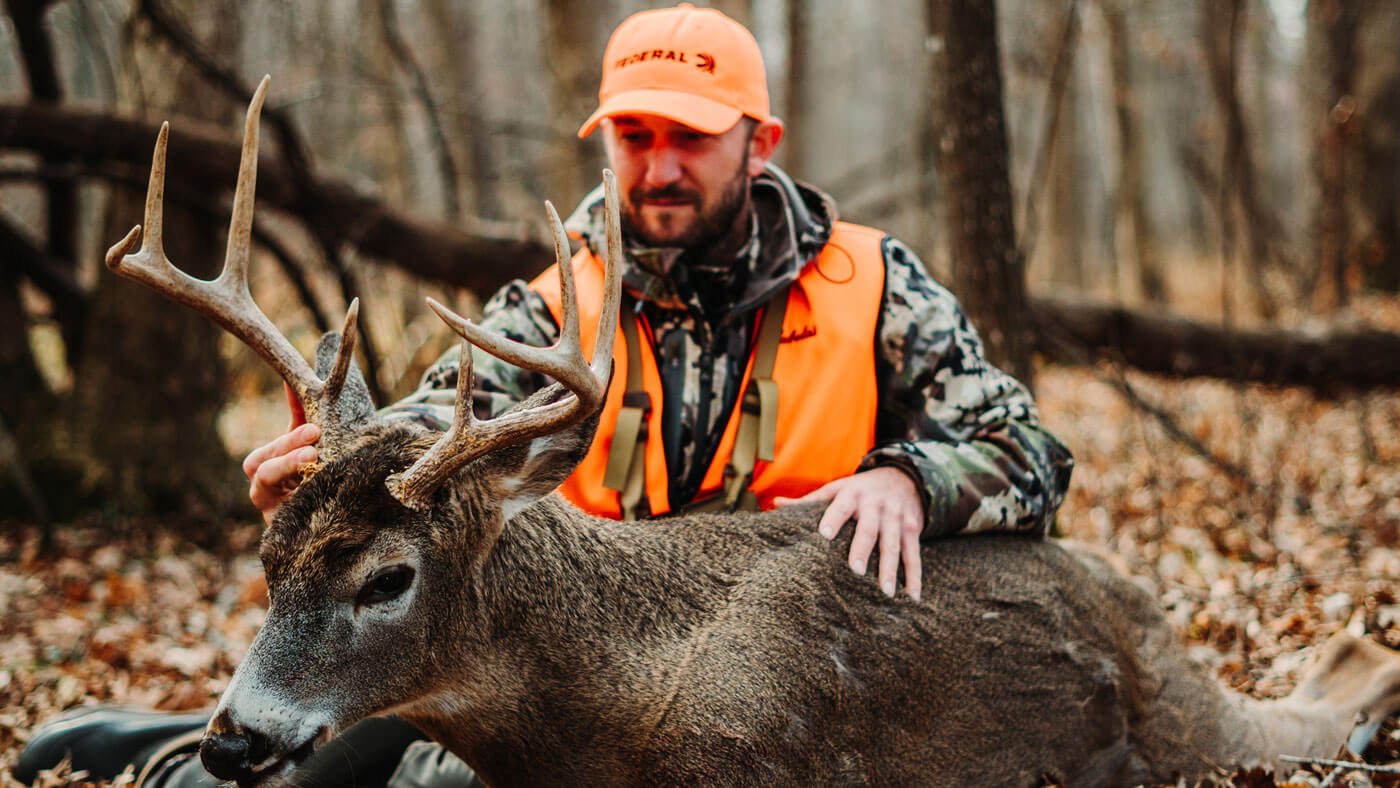
If you’ve ever been hunting, you’ve likely heard the term “buck fever.” It refers to the overwhelming rush of adrenaline and excitement when a deer steps into view, causing your hands to shake, your heart to race, and your mind to go blank. It can strike even the most experienced hunters, making it difficult to steady your aim and deliver a humane shot.
But there’s good news: with a few body-hacking techniques, you can learn to control buck fever and make better, more accurate shots in the field. In this post, we’ll break down some effective strategies to manage your excitement and improve your hunting accuracy, so you can keep calm, collected, and make every shot count.
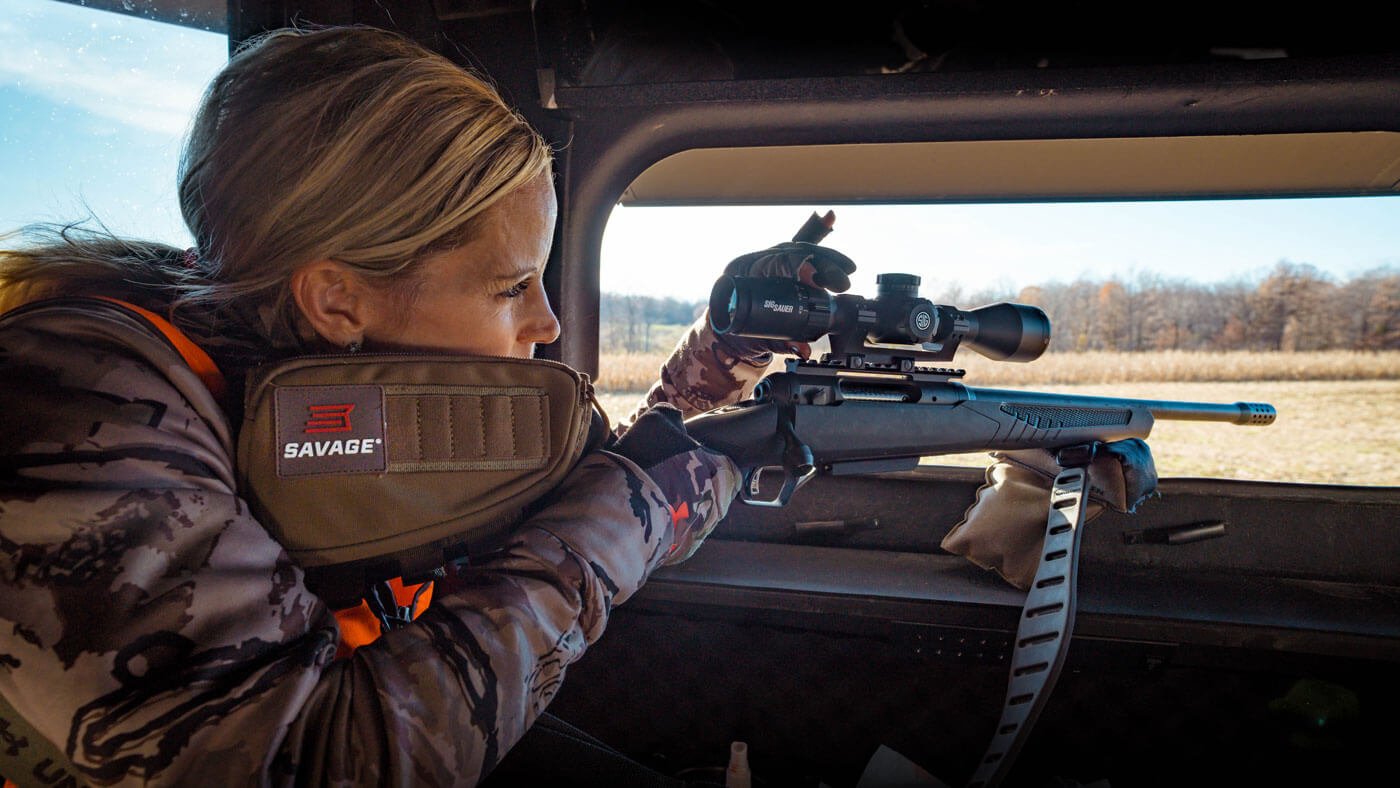
What Is Buck Fever?
Before we dive into techniques to manage buck fever, let’s define it a little more. Buck fever is essentially an adrenaline rush, triggered by the excitement of seeing game. While a surge of adrenaline can be helpful in certain situations—giving you quick reflexes and heightened senses—it can also sabotage your ability to shoot accurately. When adrenaline floods your system, you may start to shake, your breathing may become shallow, and your mind might race, all of which can throw off your shot.
Managing buck fever isn’t about completely shutting down that excitement. It’s about harnessing it and turning it into something you can control. Here’s how.
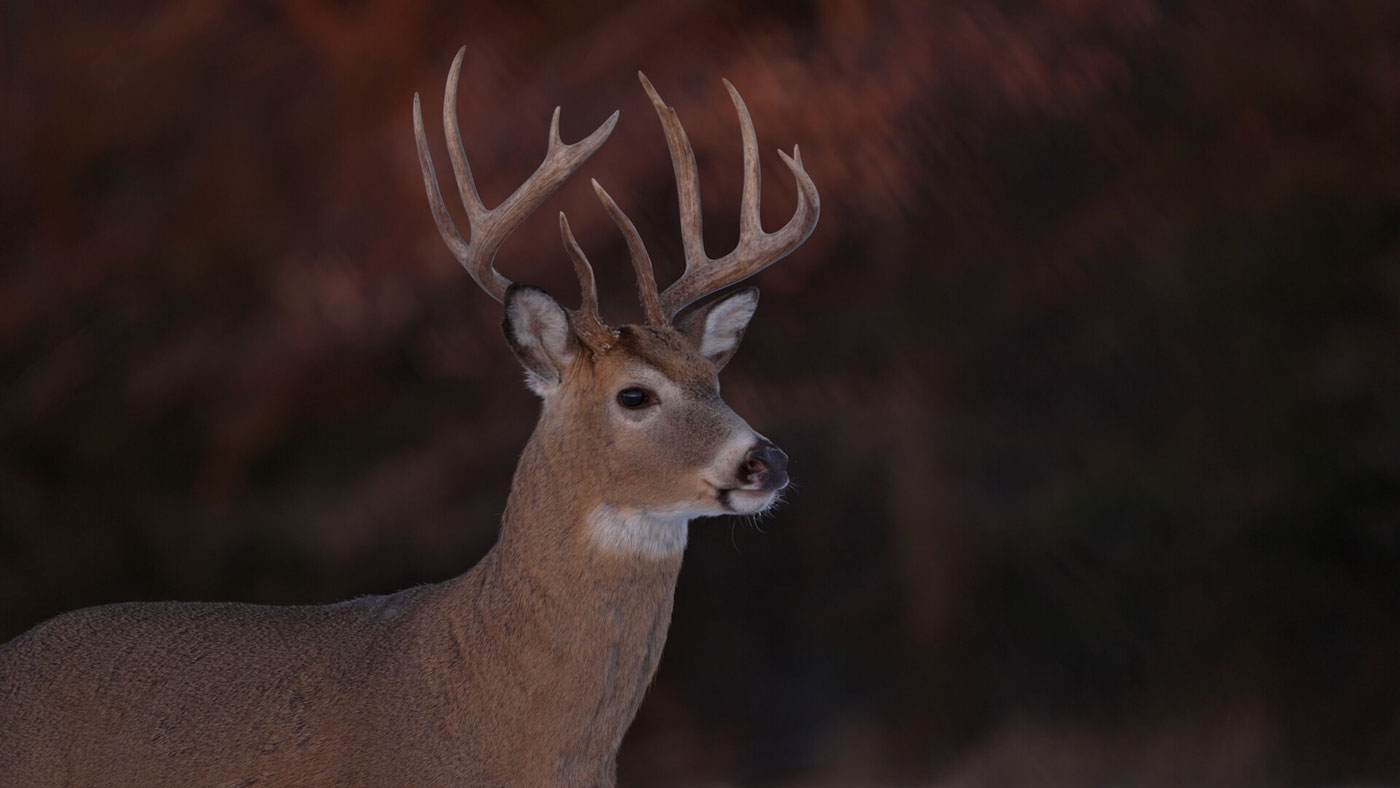
1. Master Your Breathing
The first and most important body-hacking technique is learning to control your breathing. When you're excited or stressed, your body naturally shifts into shallow, rapid breathing, which only amps up the adrenaline. Slowing down your breathing can immediately calm your nervous system.
Try This: 4-7-8 Breathing Technique
This technique is simple but effective. Inhale for four seconds, hold for seven, and exhale for eight. This will slow your heart rate and calm your nerves, helping you to stay focused when that buck finally appears. Try practicing this technique both during target practice and while waiting in your stand.
Another variation is Box Breathing, which involves inhaling for four seconds, holding your breath for four, exhaling for four, and then holding again for four seconds. It’s a method used by military snipers to stay calm under intense pressure and can help you control buck fever when the moment of truth arrives.

2. Train for Trigger Discipline with Savage AccuTrigger
One of the biggest challenges hunters face when buck fever strikes is jerking the trigger in excitement, which can throw off your shot. The key to staying accurate is having solid trigger discipline, and using a rifle with a high-quality trigger system can make a huge difference.
Try This: Slow Trigger Pull with Savage AccuTrigger
The Savage AccuTrigger is designed to give you an edge when it comes to trigger control. It offers a crisp, light pull that is adjustable to your preference, allowing you to set it as light or heavy as you need for precision shooting. This feature can help you avoid the common mistake of jerking the trigger, as the AccuTrigger breaks smoothly and cleanly, reducing the chance of pulling the rifle off target.
When you practice, focus on squeezing the trigger slowly and deliberately. With the AccuTrigger, you'll notice how much easier it is to control the shot. Dry fire drills with an unloaded rifle can help you develop the muscle memory to perform this motion smoothly, even when the adrenaline of buck fever kicks in.
This combination of the AccuTrigger’s adjustability and your own trigger discipline ensures that, when the moment arrives, you'll have the confidence to take a steady, humane shot.
3. Visualization and Mental Rehearsal
Believe it or not, one of the most effective ways to beat buck fever happens before you even set foot in the field. By mentally rehearsing the shot in your head, you can train your brain to stay focused and composed when the pressure is on.
Try This: Visualize the Shot
Picture the deer in your sights. Visualize how you’ll breathe, where you’ll aim, and how you’ll gently squeeze the trigger. Imagine the perfect shot hitting the vitals. By running through this mental drill repeatedly, you’re preparing your mind for success when the real moment comes. This also helps reduce anxiety and calm your nerves, making it easier to avoid the adrenaline rush.
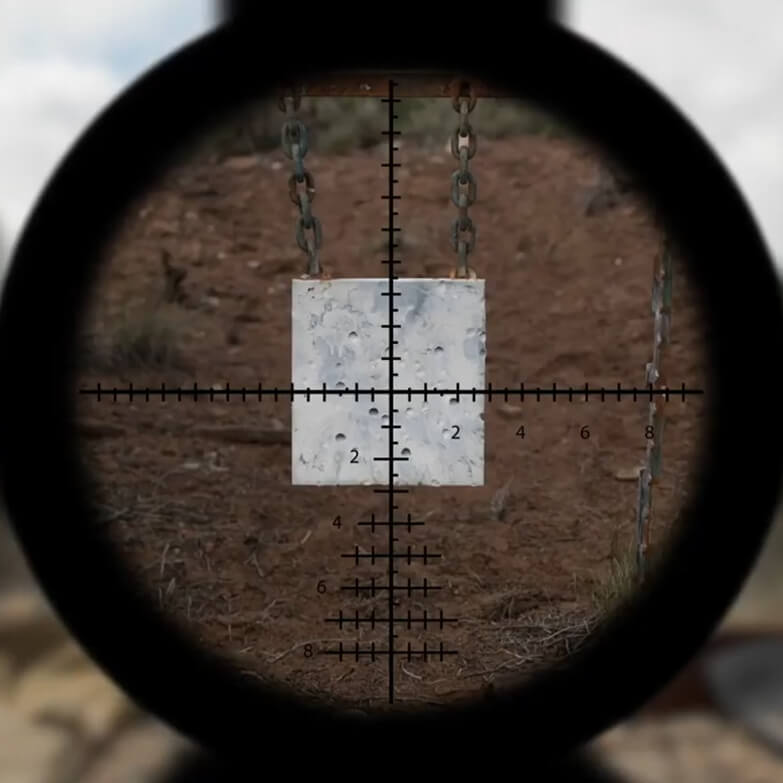
4. Practice Under Pressure
There’s no better way to prepare for the adrenaline rush of buck fever than to practice shooting while your heart rate is elevated. If you only practice in calm, controlled environments, you may struggle when your heart starts pounding in the field.
Try This: Stress Drills
Before a practice session, do a quick set of exercises like sprints, jumping jacks, or push-ups to elevate your heart rate. Then, pick up your rifle and take your shot. This will simulate the excitement and stress you’ll feel when a deer is in your sights, training you to stay calm and steady even when your adrenaline is pumping.
This method can be a game-changer. The more you expose yourself to these situations, the more comfortable you’ll become, and the easier it will be to manage buck fever when the moment arrives.

5. Focus on Nutrition and Hydration
What you eat and drink leading up to your hunt can have a big impact on how your body handles stress. Dehydration and poor nutrition can amplify the effects of buck fever, making it harder for you to stay calm and focused.
Try This: Hydrate and Eat Right
On the morning of your hunt, make sure to eat a balanced meal with slow-burning carbohydrates and lean protein. This will provide you with sustained energy without the jittery spikes you’d get from sugar or caffeine. Also, don’t forget to stay hydrated. Dehydration can increase fatigue and anxiety, both of which can worsen buck fever.
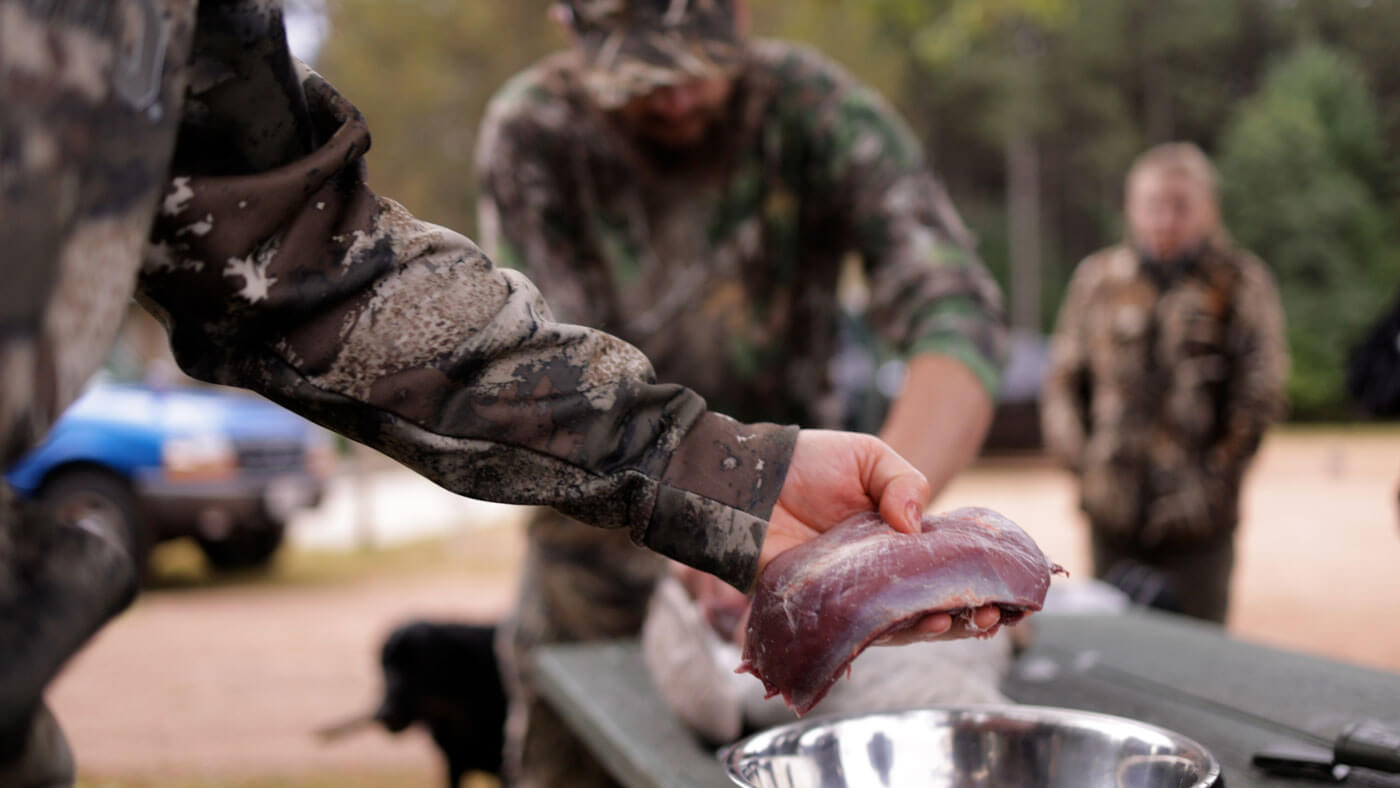
6. Use Anchoring Techniques
Anchoring is a mental hack used by athletes and performers to stay present in the moment and block out distractions. This can be incredibly helpful in beating buck fever.
Try This: Sensory Anchoring
When the excitement of seeing a deer starts to build, focus on something simple and physical—like the feel of your rifle stock against your cheek or the pressure of your finger on the trigger. This helps ground you in the present moment, reducing the chances of being overwhelmed by adrenaline.
You can also use a mental anchor, like a simple mantra. Before the shot, repeat a word like “steady” or “focus” in your head. This keeps your mind from wandering and helps you maintain control over the situation.
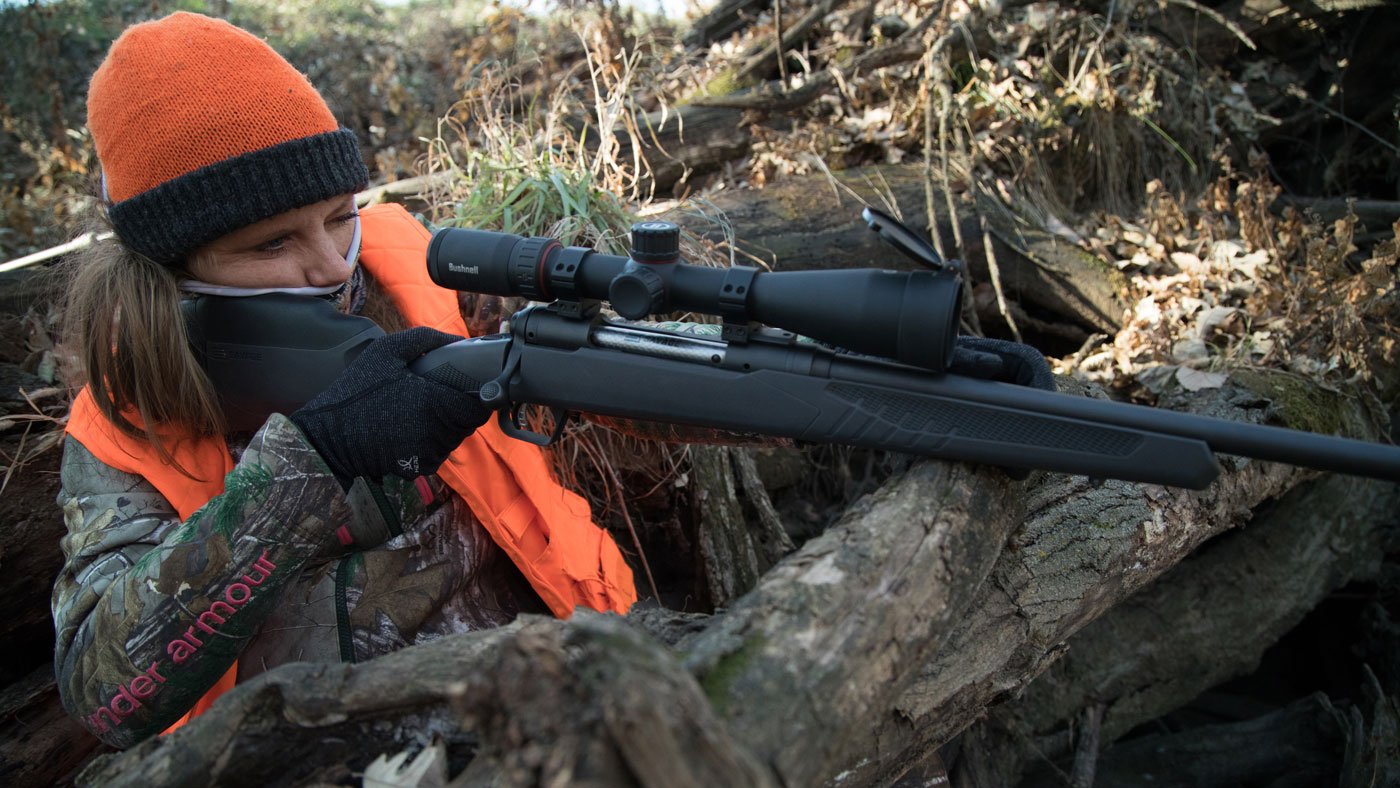
7. Optimize Your Gear and Shooting Conditions
Buck fever often strikes because something about the hunting environment is unfamiliar or overwhelming. By practicing with your gear in realistic conditions, you can reduce the chances of being caught off-guard.
Try This: Simulate Real Hunting Conditions
If you usually hunt in cold weather, practice shooting in similar conditions, wearing the same clothes you’ll wear on the hunt. Practice in different shooting positions (standing, kneeling, prone) and at different times of day, so you’re as prepared as possible for the real thing.
This familiarity with your gear and the environment will give you the confidence you need to keep buck fever at bay when the deer steps into view.
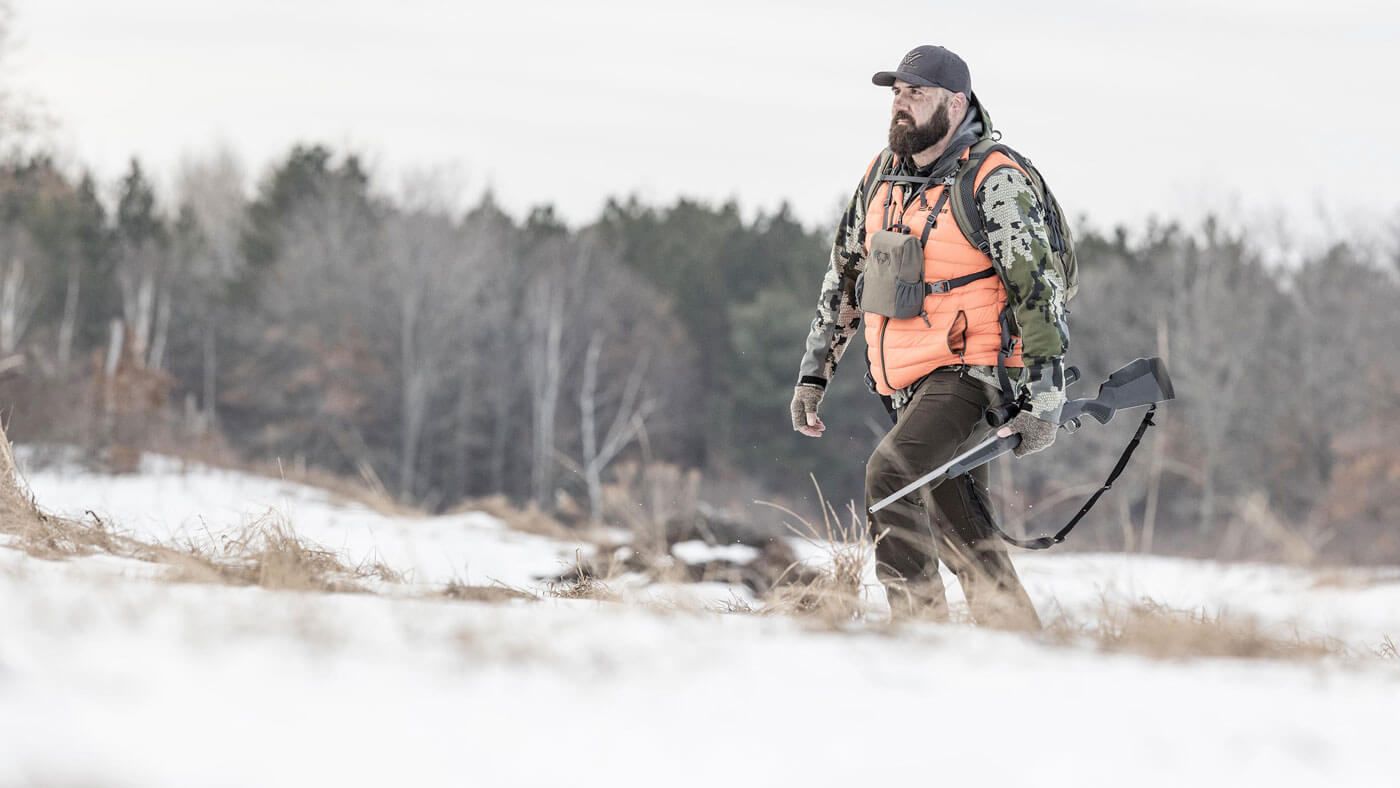
8. Train Your Mind and Body to Handle Adrenaline
Finally, one of the most advanced body-hacking techniques for beating buck fever involves cold exposure and breath control to train your body to handle adrenaline surges.
Try This: Cold Showers and Breath Control
Regular exposure to cold (like cold showers or ice baths) combined with breathing exercises can train your body to better handle stress. This will make it easier for you to stay calm and focused during high-adrenaline moments, like when you spot a buck.

Buck fever is a natural reaction to the excitement of deer hunting, but it doesn’t have to ruin your shot. By mastering your breathing, practicing trigger discipline, visualizing success, training under pressure, and using other body-hacking techniques, you can stay calm and focused when it matters most.
The next time you’re in the field and that buck steps out, you’ll be ready—steady, calm, and in control. With these techniques, you can beat buck fever and make humane, accurate shots every time. Happy hunting!


